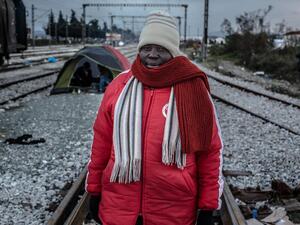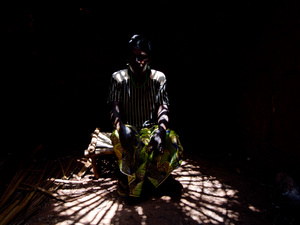Uganda: agreement reached on Sudanese relocation
Uganda: agreement reached on Sudanese relocation
UNHCR and the Uganda government reached an agreement this week which should allow the relocation of some 23,000 Sudanese refugees to resume shortly. The refugees were dispersed in a
deadly August 5 attack on the Achol-Pii camp in northern Uganda by Lords Resistance Army rebels. Their relocation had been temporarily suspended since last week, pending resolution of a disagreement about the final destination.
The agreement on the fate of the refugees follows a Wednesday meeting between the Office of the Prime Minister and UNHCR. UNHCR will now be able to begin transferring up to 8,000 of them - or about a third of the group - to a site at Kyangwali, south-west of Kyriondongo, as per the initial plan. The government has proposed two other sites for the remaining refugees, and negotiations continue.
The government formed a task force that includes UNHCR and other members of the humanitarian community. The task force will look at the best solutions for the thousands of refugees who escaped the August 5 attack and who have since been temporarily accommodated at an extended reception site in Kiryondongo.
Everything is now in place for the first phase of the transfer, which we hope can begin as soon as possible. Earth-moving equipment provided by the authorities of the Hoima district, in which Kyangwali is situated, is ready to start site clearance work outside the existing Kyangwali site, which already hosts 6,800 mostly Congolese refugees.
Meanwhile, emergency arrangements continue to improve at Kyriondongo, with additional health care centres, toilets, water points and shelter being provided. The needs of special cases are being addressed - 119 separated children have been identified. A measles immunisation campaign has also started. Most of the refugees fled with nothing.
A registration exercise took place this week and preliminary estimates indicate that there are 21,400 refugees from the Achol-Pii camp in Kyriondongo - out of the original population of 23,600. More than 17,000 of them are children under 18.









